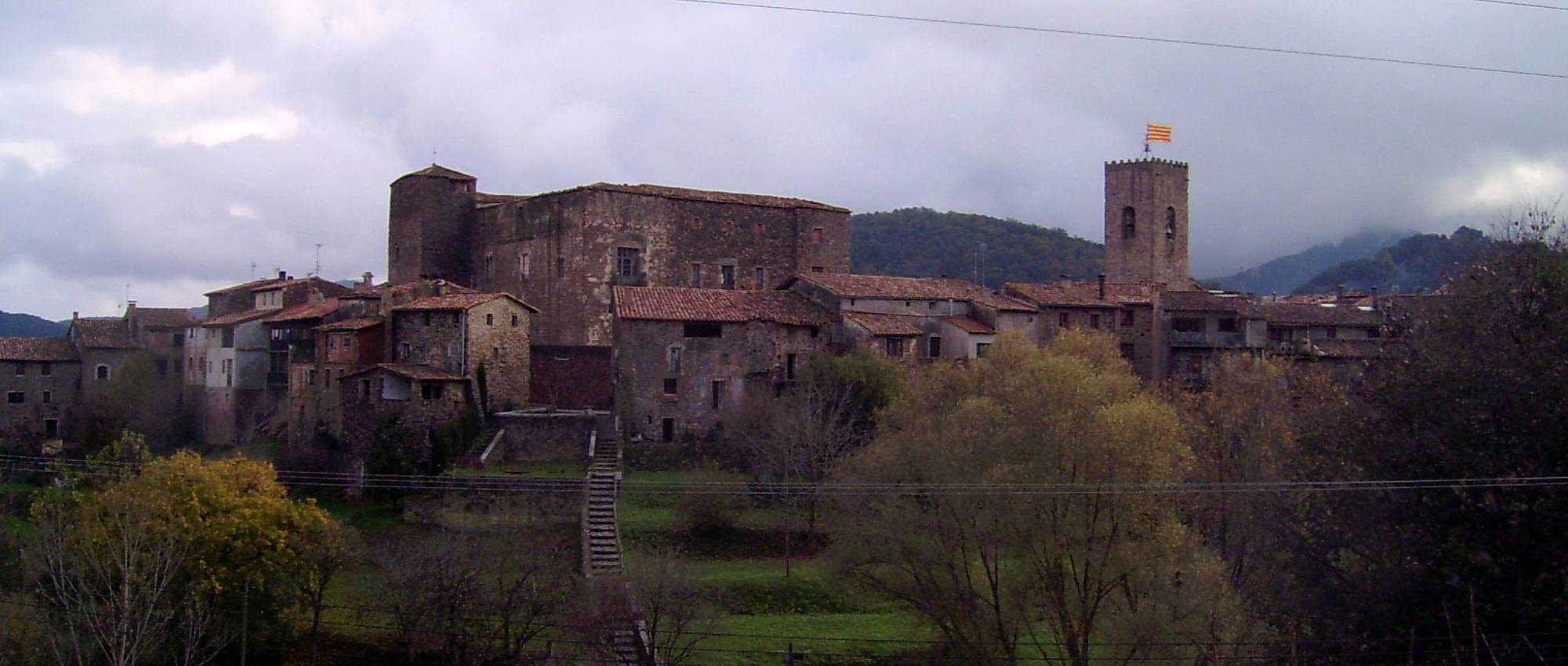Medieval Village of Santa Pau At the heart of the volcanoes
 Medieval Village of Santa Pau. Friviere / Wikimedia Commons. CC BY-SA 2.5
Medieval Village of Santa Pau. Friviere / Wikimedia Commons. CC BY-SA 2.5
In the late Middle Ages, one of the most important baronial families of the Girona region settled on one of the hills of the Serra de Finestres, within what is now the La Garrotxa Volcanic Zone Natural Park. Little by little, the population started to grow around it and it became the village of Santa Pau. Today, the village still retains the essence of what was a centre of economic and commercial power.
The appearance of the old city, built mostly in the first half of the 14th century, is typically medieval, surrounded by walls and with narrow and irregular streets. The focal point of the town is the Plaça Major or Firal dels Bous, a triangular arcaded square where the markets and fairs took place. And, since 1297, the town has had the privilege of a protected area for holding markets. In front there is the Castle, which was built on the highest point of the village. Construction started in the 13th century, although it was later given the current appearance of a large stately home.
The square is dominated by the Gothic Church of Santa Maria. This is the current parish church, after the Romanesque Church of Santa Maria dels Arcs, on the outskirts, was badly damaged by the earthquakes in 1427 and 1428.
The rest of the medieval town is structured around Carrer del Pont and Carrer Major. It is from Portal del Mar (Gateway of the Sea) that the best views of the surrounding valleys are to be had and, on a clear day, one can even see the Gulf of Roses.
Plan your visit
What can I do?
As one follows the winding streets, small treasures can be discovered, such as doors and windows from the 14th century or 15th century, as well as lintels featuring dates from the 16th century until the 19th century.
A good time to visit the town is soon after the feast of Sant Antoni, 17th January, when the bean fair of Santa Pau takes place.